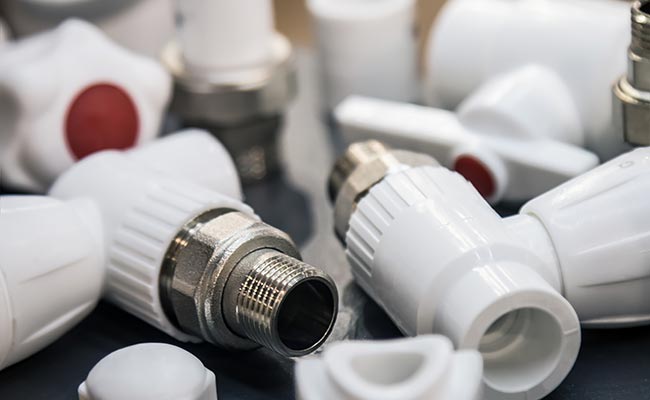You need to control water flow, but see dozens of valve types. Picking the wrong one can cause leaks, blockages, or failure to control your system properly, leading to costly damage.
There are many types of PVC valves, but the most common are ball valves for on/off control, check valves to prevent backflow, and gate valves for simple isolation. Each type performs a very different job within a water system.
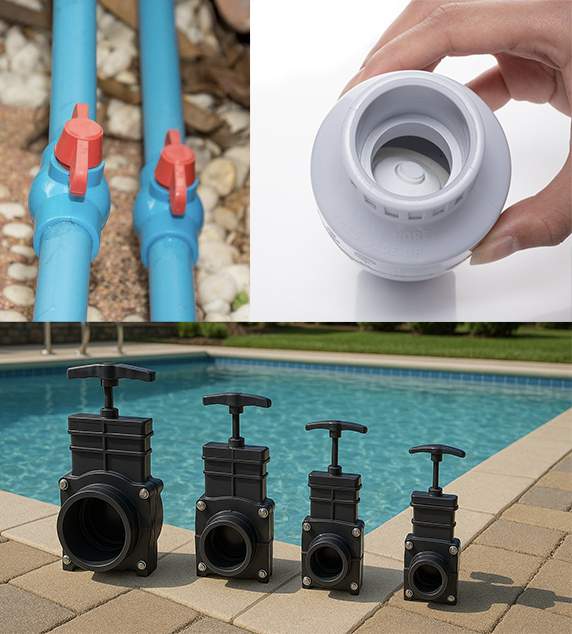
Understanding the basic function of each valve is critical. I often use a simple analogy when talking to partners like Budi in Indonesia. A ball valve is like a light switch—it’s either on or off, fast. A gate valve is more like a slow, deliberate barrier. And a check valve is like a one-way door that only lets traffic through in a single direction. His customers—contractors, farmers, pool installers—find this makes it much easier to choose the right product. Once you know what job the valve needs to do, the choice becomes clear.
Are all PVC valves the same?
You see two PVC ball valves that look identical, but one costs twice as much. It’s tempting to buy the cheaper one, but you worry it will fail and cause a disaster.
No, all PVC valves are not the same. They differ hugely in material quality, seal materials, design, and manufacturing precision. These differences directly impact how long a valve lasts and how reliably it performs under pressure.

The difference between a great valve and a poor one is in the details you can’t always see. First is the PVC material itself. We at Pntek use 100% virgin PVC, which is strong, durable, and has a high gloss finish. Cheaper valves often use recycled PVC mixed with fillers like calcium carbonate. This makes the valve heavier, but also much more brittle and prone to cracking. Next are the seals. The white rings inside that seal the ball are called seats. Quality valves use pure PTFE (Teflon) for a smooth, low-friction, long-lasting seal. Cheaper ones use lower-grade plastics that wear out quickly. The black O-rings on the stem should be EPDM, which is excellent for water and UV resistance, not cheaper NBR rubber. Finally, it comes down to precision. Our automated manufacturing ensures every valve turns smoothly. Poorly made valves can be stiff and hard to turn, or so loose they feel unreliable.
Which is better, a PVC or metal valve?
Metal feels heavy and strong, while PVC feels light. Your instinct says metal is always the better choice, but that assumption could lead to a system that fails from corrosion.
Neither is better; they are built for different jobs. PVC is superior for cold water and corrosive environments where metal would rust or seize. Metal is necessary for high temperatures, high pressures, and certain chemicals.
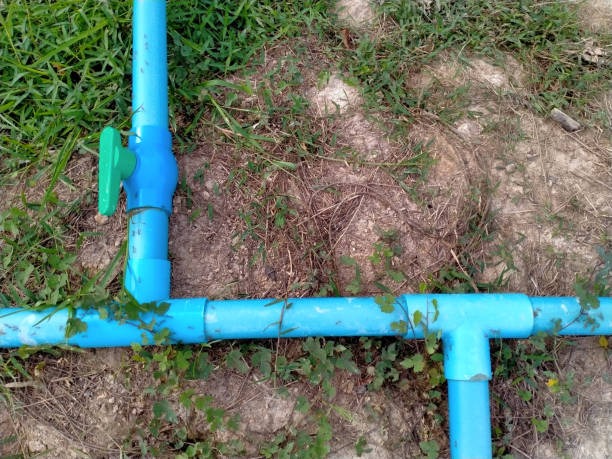
Choosing between PVC and metal isn’t about strength, it’s about chemistry. The biggest advantage of PVC is that it is immune to rust and corrosion. Budi has a customer in the aquaculture industry who used to replace his brass valves every year because the salt water made them seize up. Since switching to our PVC valves, he’s had zero issues for five years. They operate as smoothly as day one. This is where PVC is the clear winner: irrigation with fertilizers, swimming pools, saltwater lines, and general plumbing. However, PVC has its limits. It cannot be used for hot water, as it will soften and fail. It also has lower pressure ratings than metal. A metal valve (like steel or brass) is the only choice for steam lines, hot water systems, or very high-pressure industrial applications. The key is to match the valve material to the liquid flowing through it.
PVC vs. Metal: Which to Choose?
| Feature | PVC Valve | Metal Valve (Brass/Steel) |
|---|---|---|
| Corrosion Resistance | Excellent | Poor to Good (depends on metal) |
| Temperature Limit | Low (around 60°C / 140°F) | Very High |
| Pressure Limit | Good (e.g., PN16) | Excellent |
| Best For | Cold Water, Pools, Irrigation | Hot Water, Steam, High Pressure |
| Cost | Lower | Higher |
What makes a ‘good’ PVC valve?
You’re shopping online and find a PVC valve for a very low price. You wonder if it’s a smart purchase or if you’re buying a future problem that will leak at 2 AM.
A “good” PVC valve is made from 100% virgin PVC, uses high-grade PTFE seats and EPDM O-rings, turns smoothly, and has been pressure tested at the factory to guarantee it is leak-free.
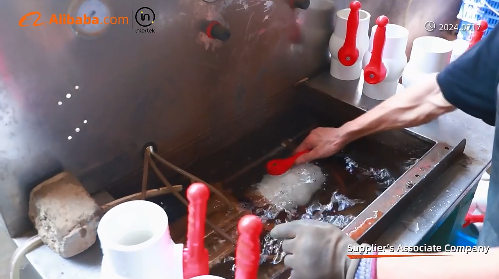
There are a few things I tell Budi’s team to look for. First, inspect the body. It should have a smooth, slightly glossy finish. A dull, chalky appearance often indicates the use of fillers, which makes it brittle. Second, operate the handle. It should turn with a smooth, consistent resistance from fully open to fully closed. If it’s very stiff, jerky, or feels gritty, the internal molding is poor. This leads to leaks and a handle that can snap off. Third, look for clear markings. A quality valve will be clearly marked with its size, pressure rating (like PN10 or PN16), and the material type (PVC-U). Reputable manufacturers are proud of their specs. Finally, it comes down to trust. At Pntek, every single valve we make is pressure tested before it leaves the factory. This guarantees it won’t leak. That’s the unseen feature you pay for: the peace of mind that it will simply work.
Does a new PVC valve make a difference?
You have an old valve that is stiff to turn or has a very slow drip. It seems like a minor issue, but ignoring it can leave your system vulnerable to bigger problems.
Yes, a new PVC valve makes a huge difference. It immediately improves safety by replacing brittle material, ensures a perfect seal to stop leaks, and provides smooth, reliable operation when you need it most.
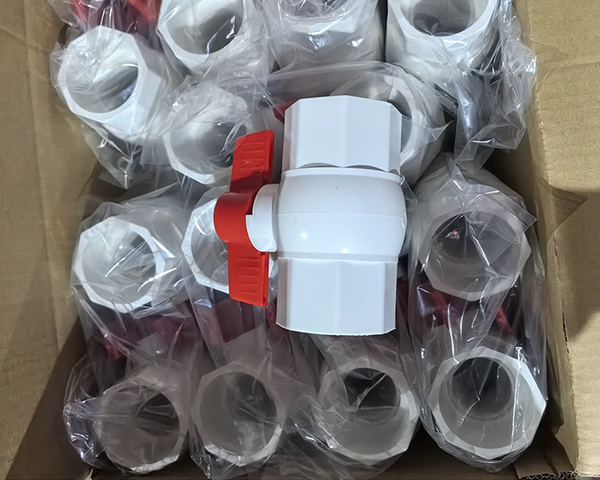
Replacing an old valve isn’t just a repair; it’s a major upgrade in three key areas. First is safety. A PVC valve that has been in the sun for years becomes brittle. The handle can snap, or worse, the body can crack from a small impact, causing a major flood. A new valve restores the material’s original strength. Second is reliability. The slow drip from an old valve is more than just wasted water; it shows the internal seals have failed. A new valve with fresh PTFE seats and EPDM O-rings provides a perfect, bubble-tight shutoff you can count on. Third is operability. In an emergency, you need to shut the water off fast. An old valve that is stiff with age or scale is practically useless. A new valve turns smoothly, giving you immediate control. For the small cost of a valve, you restore the safety, reliability, and function of a critical control point in your system.
Conclusion
Different PVC valves perform specific jobs. Quality is defined by pure materials and precision manufacturing, which ensures a far longer and more reliable life than a cheap alternative.
Post time: Jul-25-2025



